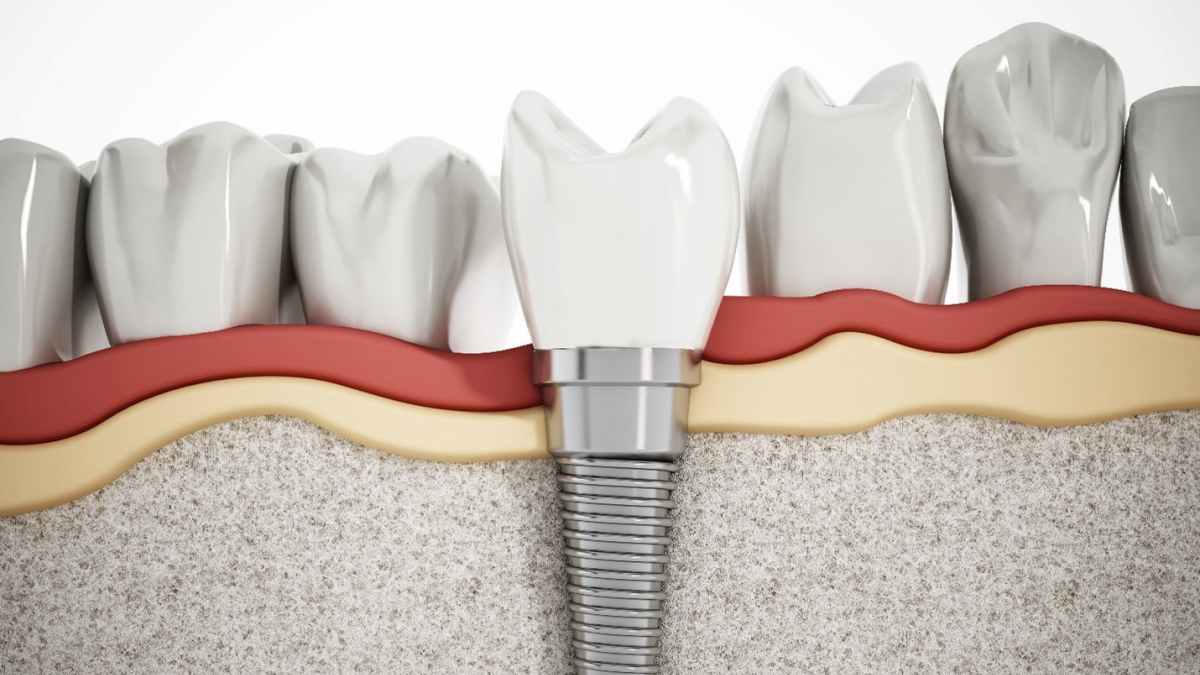Are you prepared to get the closest thing to your original teeth to restore your smile? Every year, nearly half a million people spend money on dental implants. A visit to the dentist for an in-depth consultation is the first step toward a flawless smile. Before commencing the transformation procedure, your dentist may suggest a bone graft. Your new grin depends on the surgery, therefore it’s worth it even though it’s an extra step.
Contents
What Exactly Is Bone Grafting?
If your jawbone has deteriorated due to tooth loss, injury, or infection, your dentist may recommend a surgical procedure called bone grafting. When there is insufficient bone mass to anchor affordable dental implants, this treatment is often necessary.
Varieties of Bone Grafts
Bone grafts come in three distinct varieties:
- During an autograft procedure, bone is taken from another part of the patient’s body and grafted onto the jaw.
- Bone from a donor, usually a corpse, is used in allograft procedures.
- An example of a xenograft is the transplantation of bovine (cow) or swine (pig) bone.
Bone grafting and dental implants: the full procedure
In dental implant surgery, bone grafting may be necessary. Here are the standard procedures:
Your dentist will evaluate the state of your teeth and gums to determine if surgery is a viable option during the consultation.
Your dentist will take X-rays and use them to formulate a unique treatment strategy just for you.
If the jawbone is insufficient to support the dental implant, a bone graft will be performed to augment it.
When the bone graft has matured and the jawbone has reached an adequate density, the dental implant can be inserted into the jaw.
When the implant has fused with the jawbone, the healing and repair process can begin. After this is done, the dental surgeon can secure the implant and the replacement tooth or teeth to the jaw.
Bone grafting and dental implants at a discount
Bone grafting for dental implants can add thousands of dollars to the total price tag, although this might change depending on several factors. Those in dire straits may still be able to get by with low-priced implants and bone grafting.
For patients who might not otherwise be able to afford dental implants, several practices now offer financing options or payment plans. In addition, some dental insurance plans cover all or part of the cost of dental implants and bone grafting.

